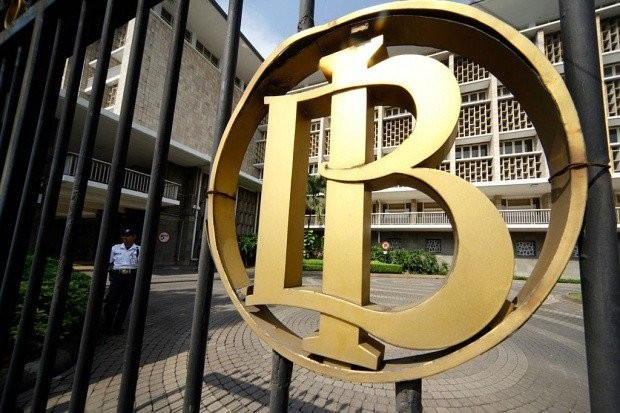mid soaring gold prices, some economists are urging Bank Indonesia (BI) to diversify its reserves beyond dominant foreign currencies like the United States dollar and seize potential gains in the process.
Gold has surged nearly 50 percent over the past year, briefly topping US$4,350 per ounce in Oct. 20 before easing to around $4,000 on Friday. Driven by heightened geopolitical tensions, persistent inflation and uncertainty over global trade policies, demand for so-called “safe haven” assets has intensified. Gold, in particular, remains a preferred hedge against the volatility of the US dollar.
Yet, despite the rally, BI appears reluctant to follow the global trend of central banks ramping up gold holdings, choosing instead to prioritize liquidity for interventions in the foreign exchange market. Indonesia’s central bank currently holds only 80 tonnes of gold, just 5.9 percent of its total reserves.
In contrast, central banks worldwide collectively bought around 220 tonnes in the third quarter of 2025 alone, a 28 percent jump from the previous quarter, according to the World Gold Council. The National Bank of Kazakhstan led the purchases, while Brazil’s central bank returned to gold buying for the first time in over four years.
Read also: Gold builds on historic rally, soars past $4,000/oz for first time
Bank Permata chief economist Josua Pardede stated that for decades, the core function of Indonesia’s foreign exchange reserves has been to provide liquidity for market intervention.
Although global surveys confirm that central banks value gold for its resilience during crises and its role as a long-term store of value, each country’s approach is ultimately determined by its specific liquidity priorities.

